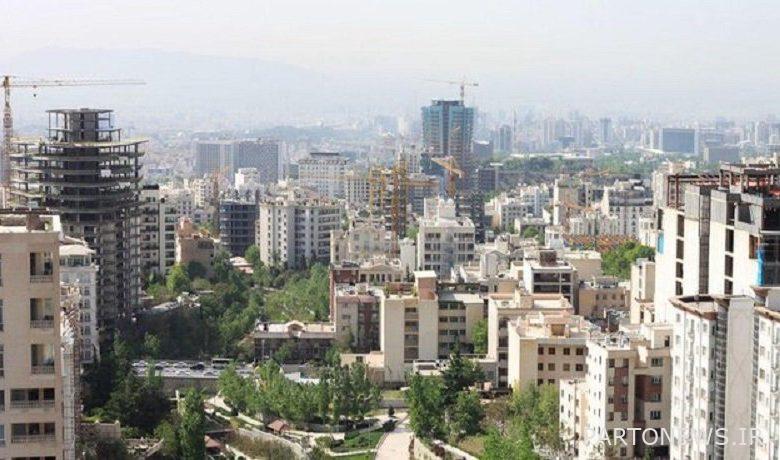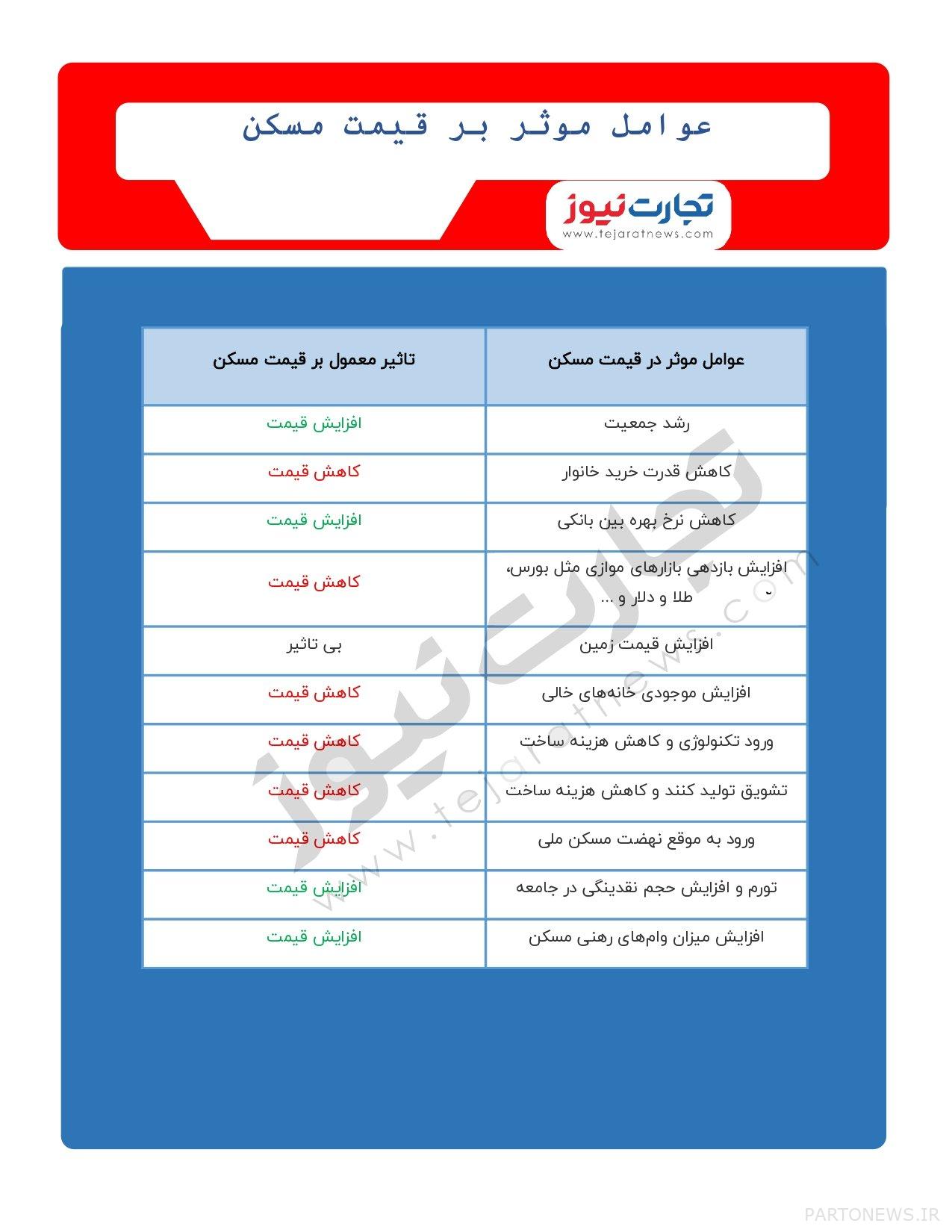Housing market forecast / What is the average of one meter of housing unit in Tehran?

According to Tejarat News, Omid Mousavi is a financial markets expert on the current situation Housing market He said: It is better to first study the cycles of housing boom and bust since 1991.
1- The first cycle of the housing market: It started in 1372 and ended after 256% price growth. Then prices fell 9 percent from the ceiling
2- The second cycle: Since 1378, the average price of an apartment has grown by 317%. The price then retreated by 11%.
3- The third cycle: It has been keyed since 2005 and after a 260% increase, a 25% decrease in price was experienced
4- The fourth cycle: Since 1390, the price has increased by 236% and then decreased by 22%.
5- The fifth cycle: Price growth started in 2017 and after 630% growth and entered the recession period from the winter of 1399.
Housing developments in 1400 and forecast 1401
This expert stated about the housing developments in 1400 and the forecast of 1401: Since the winter of 1399, after a cross-sectional price reduction, the housing price has almost balanced and has fluctuated in the same range of 30 million Tomans per meter of housing in Tehran.
He continued: Considering that the recession period started in the winter of 1399, if Borjam is revived, housing can be balanced and in recession in 1401. Empirical arguments can also support this prediction, such as when the housing slump is usually the first period of the presidency!
Mousavi added: “In any case, it is not hidden from anyone. The current situation in the country is very different from the past. We will have a new price of more than 50% per year. The price of one meter of a residential unit in Tehran is currently an average of 33 million tomans.
Factors influencing the increase or decrease of prices
Regarding the factors affecting housing prices, Mousavi said: “Several factors can be considered.” Land price, construction cost, real interest rate, per capita completed residential buildings, liquidity volume, return of competing markets (such as stock exchange, gold, currency, etc.)

He also spoke about housing price control: “Perhaps it can be concluded that to control housing prices, strengthening supply and controlling the cost of construction can be the best strategy.” Also, anti-inflation policies such as revitalization, oil budget separation, improving the tax system, non-inflationary compensation of the budget deficit, development and production-oriented policies, etc. can be more effective in stabilizing prices and being more analytical.

